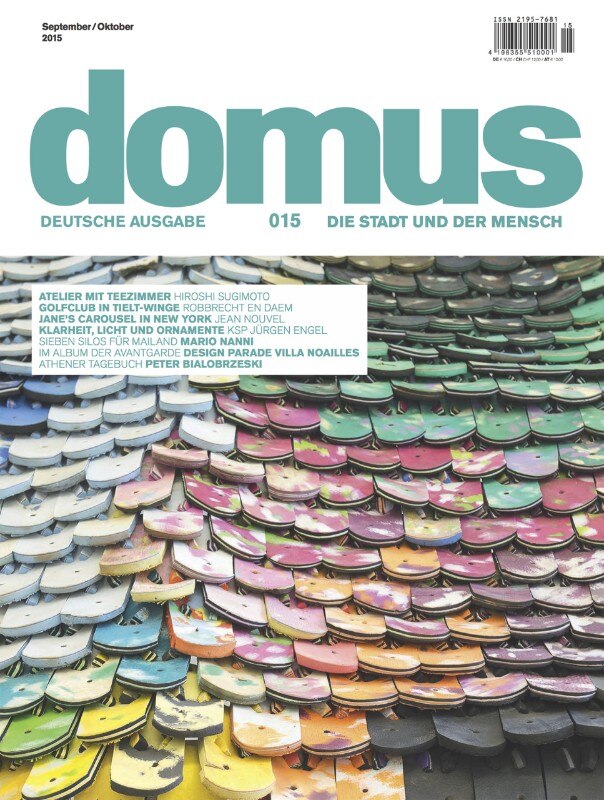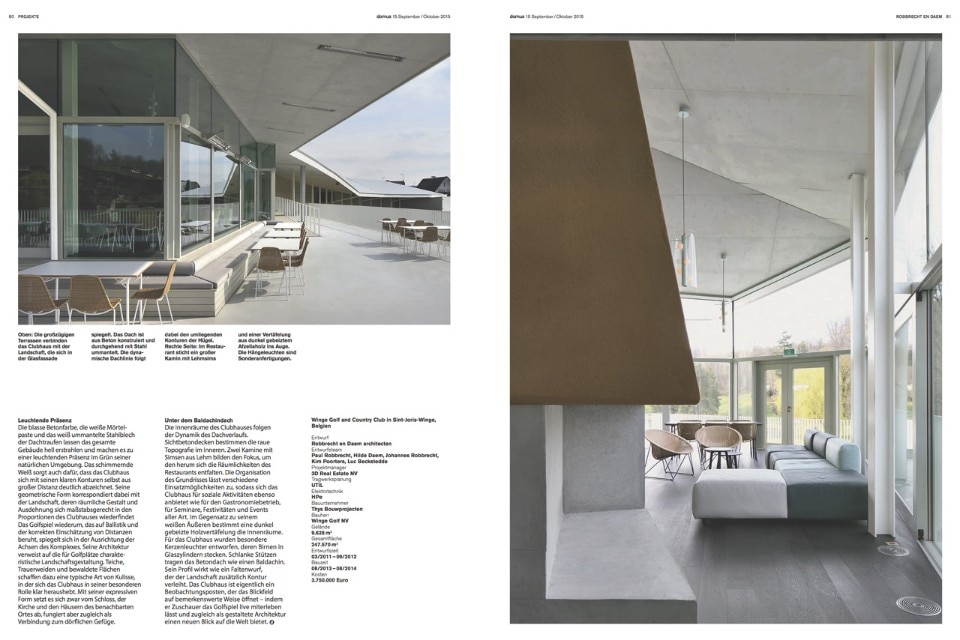Everyday life, for example, was divided into work and leisure. The two antipodes depended on each other to substantiate their meaning by excluding the opposite. Alongside working time at the office there was leisure time after work; alongside earning one’s bread and butter, there was time to be spent with one’s family or the holidays. To compensate for the time spent generating income, one spent time with friends or engaged in a hobby. Everything at the proper time; all areas of life had their proper place within a clearly defined and clearly structured daily rhythm. And they all belonged to either work or leisure. There was no in-between.
There are times when one feels jealous of such clear divisions because they disappeared a long time ago. The differences between working time and leisure time have been blurred to such an extent that what was formerly a contradiction has become a productive exchange in which the two poles learn from each other. The concept of work is closely tied to the concept of leisure.
As a result of these developments, the concept of leisure was a logical bracket or frame for the various projects, spaces and concepts presented in the latest issue of German Domus. The architecture section features projects from Belgium, the USA and Germany. The golf clubhouse designed by Robbrecht en Daem architecten in Gent unfolds a large roof, which is draped over the surrounding landscape like a baldachin. In Brooklyn, New York, a transparent pavilion for a restored carousel attracts tourists and visitors alike, thus reviving the leisurely fun fair ride of a bygone era. In Toronto, oriental patterns and structures are all-pervasive in the new Aga Khan Museum designed by Fumihiko Maki. They are equally present in the new gym and spa at Frankfurt’s Eschenheimer Turm, designed by KSP Jürgen Engel Architekten, where the architects took great care to include details and references to the tradition and culture of Turkish baths
The tenth edition of the Design Parade in Villa Noailles in Provence revives a concept that was part and parcel of the artistic avant-garde of the 1920s, whose members spent their leisure time at the villa on the Côte d’Azur. As an international festival, the Design Parade awards prizes to young designers and encourages them to carry out experiments. The exhibitions and projects of this year’s finalists are featured in greater detail in the design section. One of these projects is an exceptional many-colored roof structure made from recycled flip flops submitted by Christophe Machet, which appears on the cover of this issue.


